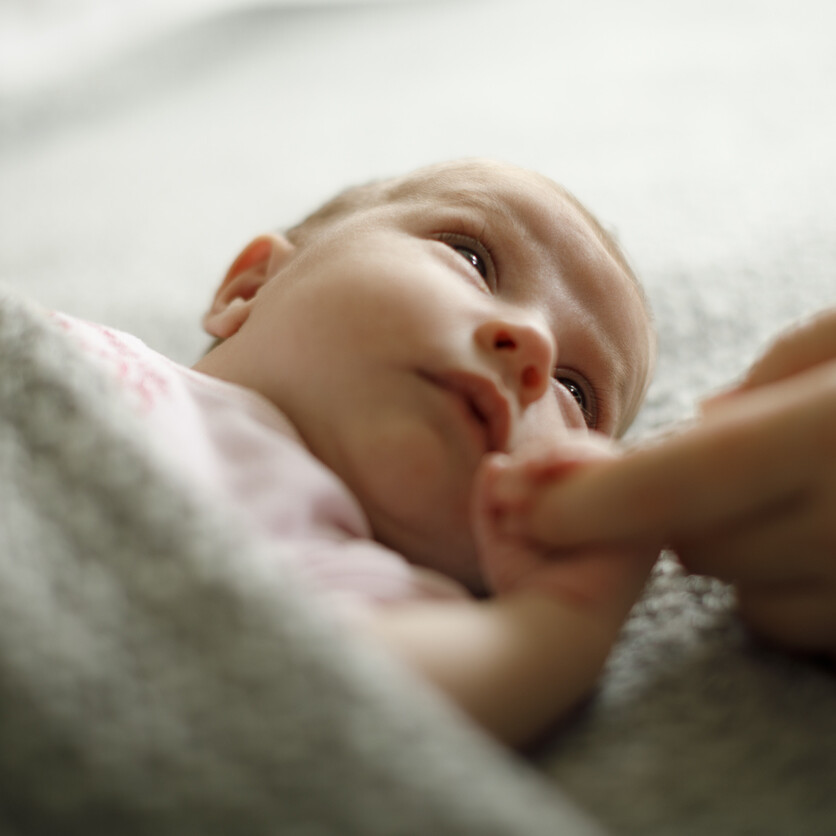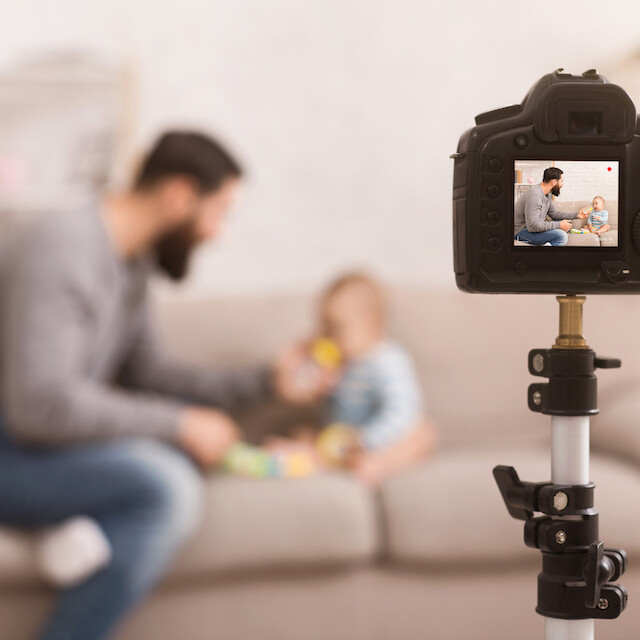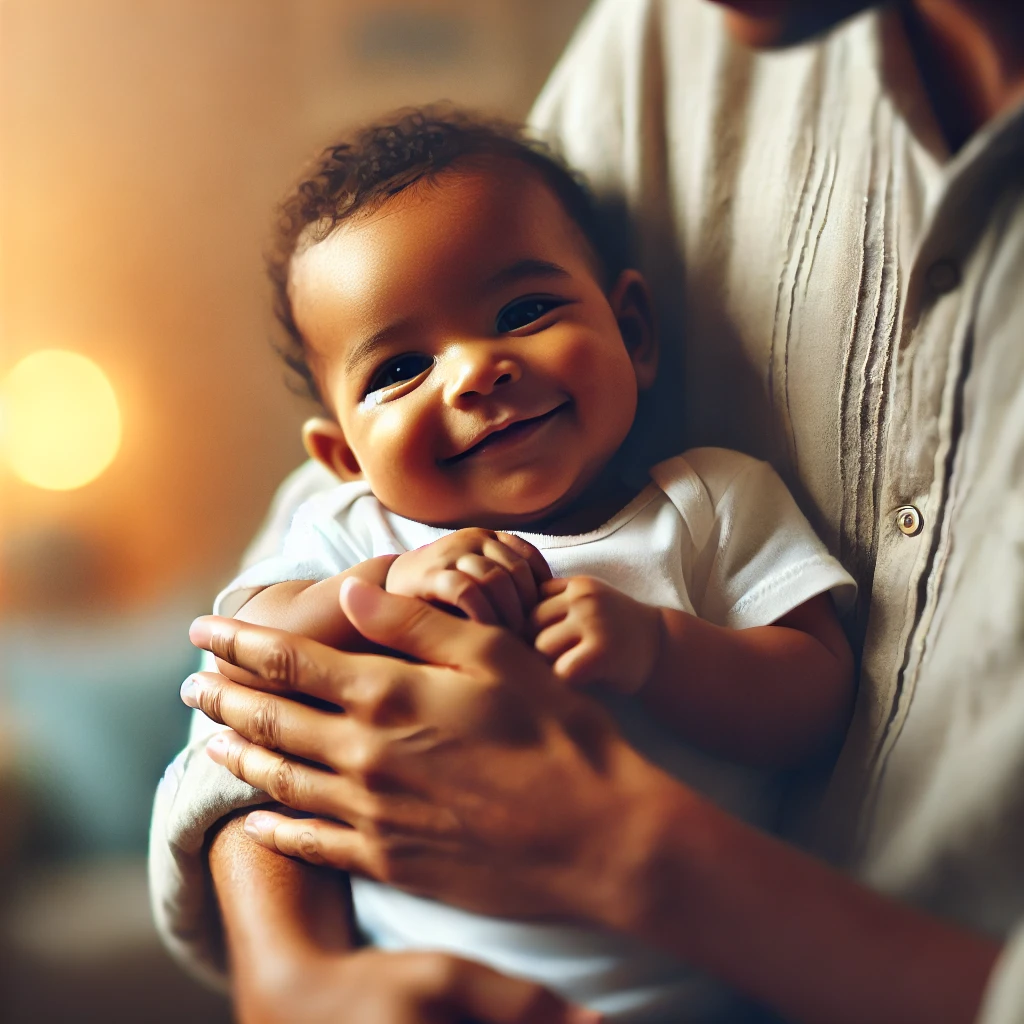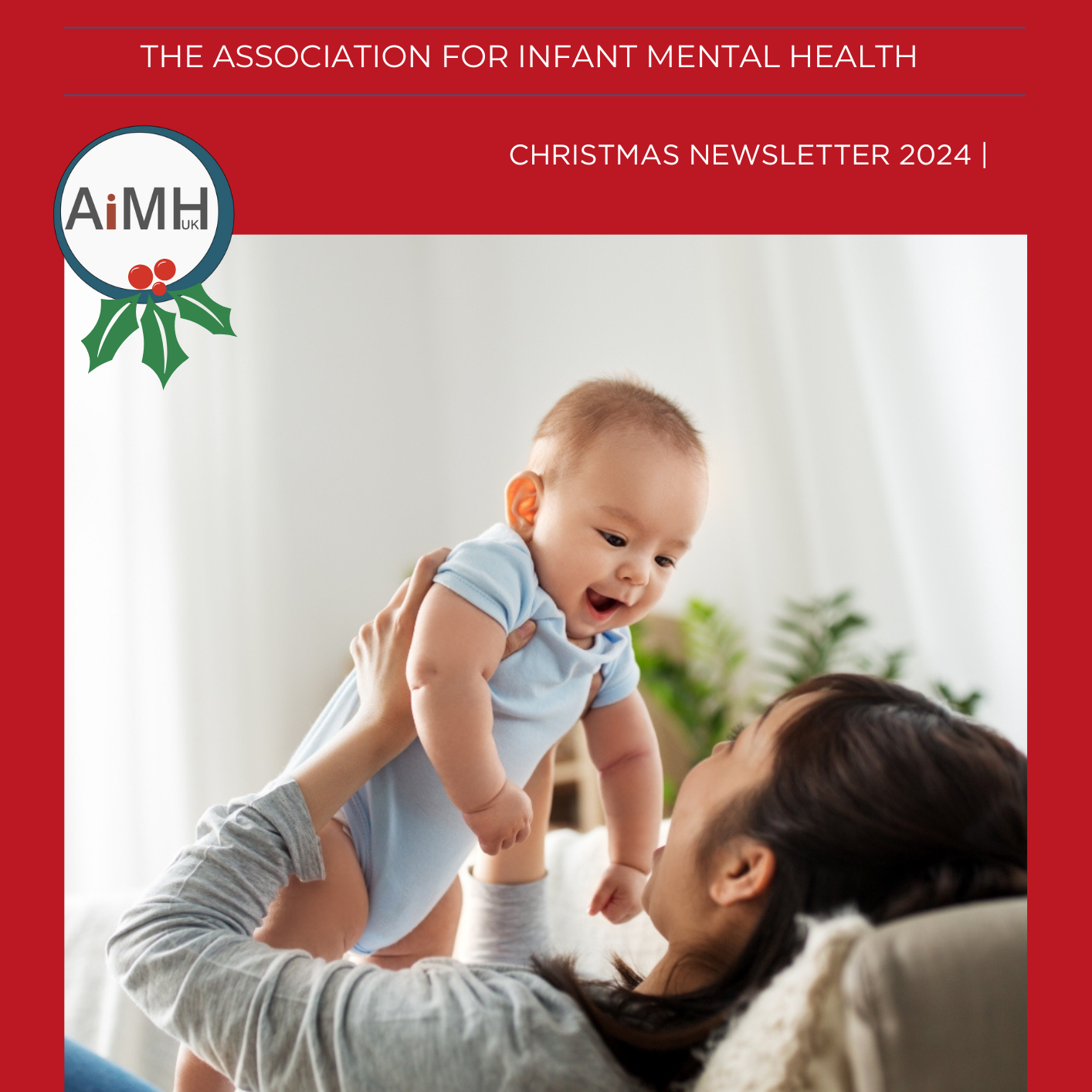Become amember
Join AiMH UK and your local hub to develop your knowledge, skills, and confidence, and access a wealth of specialist information on the AiMH UK website.
Sharing expertise on how we work with infants and their families increases the effectiveness of our work.
Membership Packages – Tailored for Organisations and Teams
Elevate your team’s commitment to infant mental health with our new range of discounted Membership packages designed for organisations and teams from the Basic Package to the all-inclusive Bespoke IMH CPD Programme, featuring complimentary tickets to AiMH UK Conferences.
Contact us here to find the perfect package for your team and make a greater impact together!
AIMH UKDonations
We’re using JustGiving, for donations to AiMH UK. Your donation enables us to continue our work, promoting the importance of infant mental health and making a real difference to improve outcomes for parents, babies and toddlers. Thank you for making a difference!









